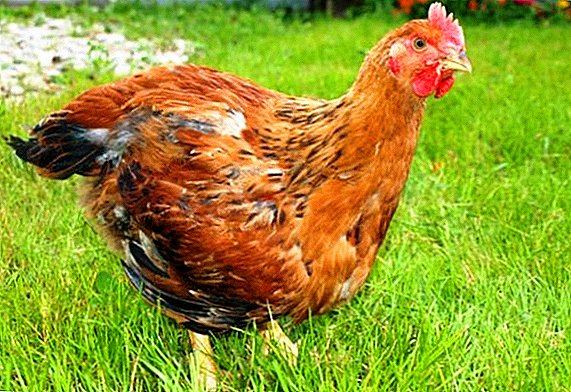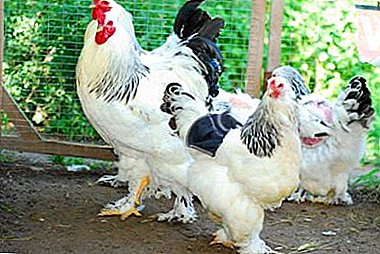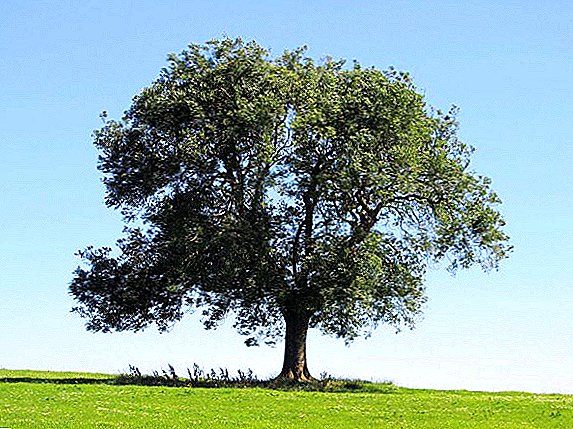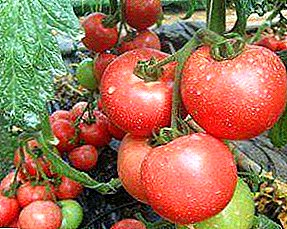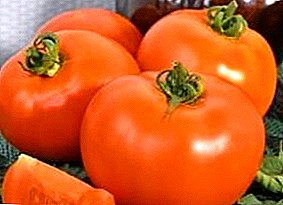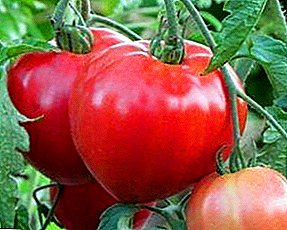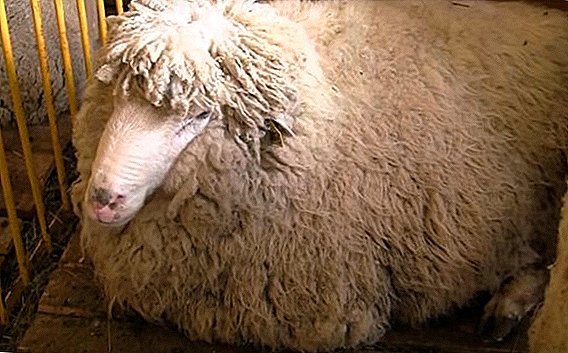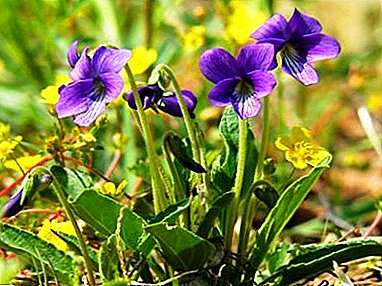
There are more than five hundred species of violets in the world. They are found in the wild and are bred by flower growers, both in gardens and at home. This small plant has a very attractive appearance. Forest violet is a rather unpretentious flower, much loved by its delicate small bright flowers.
The height of the plant is small, only 8-15 cm, the leaves are heart-shaped, they are rosetted, and the upper row of leaves is much smaller in size than the leaves of the lower row. In winter, the leaves do not die off, but leave under green snow, and appear the same in spring. Bushes neat, do not fall apart.
General description of the variety
Every year, the roots of the flower give new buds, thanks to which sockets of young leaves are formed on the petioles of about 10-14 centimeters. Corolla colored, consisting of five petals. They come in various interesting forms.
Forest violet is common in the Northern Hemisphere and in subtropical areas. Violet grows on the slopes of the mountains, in forests, ravines. It grows very well, whole beds. The flower has a pleasant sweet smell. Violet is a great honey plant.
When and how did it appear?
 East Africa is considered the birthplace of the flower. Baron Adalbert Saint-Paul in 1892, while walking, saw a flower among the stones in Tanzania.
East Africa is considered the birthplace of the flower. Baron Adalbert Saint-Paul in 1892, while walking, saw a flower among the stones in Tanzania.
The plant grew in a crevice. The attention was attracted by the buds of a tender blue color with a yellow speck.
His father had a collection of rare plants. Adalbert decided to send his father a new flower. And already in 1893, violet was first shown to people at an exhibition.
Since then, breeders began to breed more and more new varieties of violets, which differed in size and shades.
Appearance: leaves, flowers, other
Often forest violet is not as bright as, for example, field. But she is good in her own way. The flowers are blue, purple, blue, purple with a yellow center. In the wild, there are violets and white. In diameter, the flowers do not exceed 1.5 centimeters. By the onset of autumn, the flowers are gradually transformed into seed boxes. They have an oblong shape with a smooth surface.
Petals of a plant are various in a form. All leaves are basal and have a variety of forms: reniform, heart-shaped, rounded, ovate, with long petioles. On their edge there are small grooves.
The leaves are formed tightly to each other and fold into sockets. Violet greens are smooth and velvety.
Green color is not only basal, but also flower stalks. The top row of violets is much smaller than the bottom. The bud has five stamens with short threads. The buds are single, consisting of five petals, lanceolate forms. Stems flower shortened. In height, the plant reaches 12-15 centimeters.
A photo
Here are photos of forest violets.





Care features
The main advantage of forest violets is the lack of painstaking care for it. Most often, this species can be seen in the gardens at the florist. There, the flower requires almost no attention to itself.
Growing indoor flowers, it is necessary from time to time to make the street for airing and getting fresh air. It is necessary to fertilize a plant only once in several weeks. Sheet compost will work well as a top dressing, but do not overdo it with fertilizer.
Forest violet is a modest flower and loves to hide in the shadows. However, in a sunny place it can also grow with proper moisture. It tolerates winter cold and a small drought. Just two years will be enough for the plant to grow into an area of one square meter. Although violet and easily tolerates heat, but still needs watering. At the seedling stage, the forest violet requires constant watering..
Planting and growing
- Seeds sown freshly harvested. Landing can be carried out at any time of the year, except for winter. The first shoots begin after three weeks.
- The soil for violets requires nourishing, loose, loamy. Seeds are laid out on the surface and lightly covered with earth. The direct rays of the sun should not fall on the future flower. Further, everything is covered with a film.
- Watering the seeds is carried out daily.
- Also do not forget about regular airing.
- Although violet and resistant flower, but in intense heat requires an increased soil moisture.
 Also violet leaf multiplies. To do this, you need one healthy leaf, without any damage:
Also violet leaf multiplies. To do this, you need one healthy leaf, without any damage:
- It is taken from the second bottom row. It should be cut with a sharp blade at a 45 degree angle.
- Leaf rooted in boiled water poured into the container.
- When the roots reach a length of 2 centimeters, the leaf is planted in peat to a depth of 1 centimeter.
- Then watered and covered with foil.
- After a few months there will be kids. When they grow 2-3 pairs of leaves, they are seated.
When choosing leaves for rooting, be sure to pay attention to their condition. They must be healthy and free from damage.
Only a healthy leaf - the key to successful cultivation. If the cultivation will be with the help of seeds, they also need to carefully inspect and select the best.
Possible diseases
In the process of growing flower growers can face various types of diseases. The most important thing here is to notice the disease in time and take urgent measures.
- Root rot the most dangerous disease for the flower. Often it appears at low temperature and high humidity. A carrier of the disease are pathogenic fungi that can be stored in the soil for a long time. Infection begins with the roots.
- Phytophthora - Another dangerous mushroom. It enters the plant through a pestle or root hairs.
- White color - witness of downy mildew. A very unpleasant disease that occurs with improper care.
- Rotting leaf stalks - Another rare disease. Appears as a result of contact with moss or in extreme heat.
Often some diseases appear due to improper care. For example, rot can appear as a result of excessive watering, which leads to rotting of the roots.
Conclusion
Violet forest is really a unique flower. Modest, loving to hide in the shade, however, she will decorate your garden with her magical purple stars of flowers, lift your spirits, and just be pleasing to the eye.


